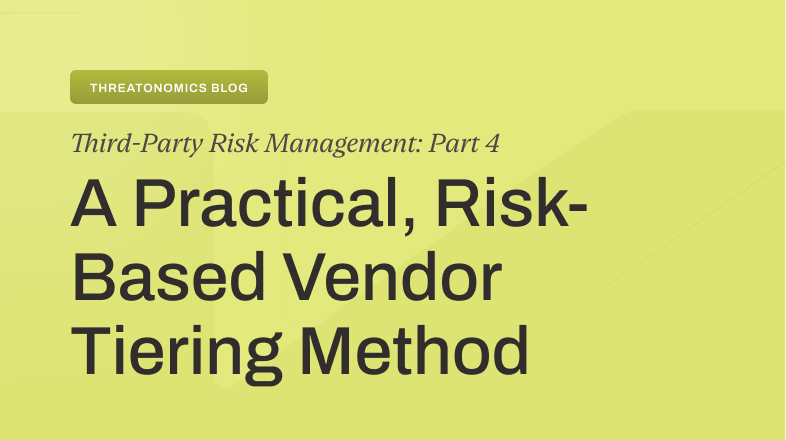Understanding and managing cyber risk as a broker requires constant learning.
The landscape of cyber insurance is constantly shifting as cyber risk management practices adapt to new threats and strategies. To successfully build Cyber Resilience, brokers must go beyond standard risk transfer principles and expand their approach to look at cyber risk holistically.
To help our broker partners meet annual continuing education requirements and gain a deeper understanding of Cyber Resilience, Resilience will hold several trainings across the US, Canada, the UK, and the EU to share our perspective and strategies with our global broker network.
Cyber Resilience 101, 202, and accompanying Cyber Resilience Workshops are designed to teach brokers the fundamentals of proactive cyber risk management. Each course was tailored by Resilience’s experts to help brokers better understand how cyber insurance can benefit their clients and its role in building Cyber Resilience.
Cyber Resilience 101
Cyber Resilience 101 is a comprehensive, full-day, in-person course tailored and instructed by Resilience’s experts to provide brokers with a solid foundation in cybersecurity principles and best practices. The course includes engaging modules, interactive discussions, and real-world case studies to create a practical and immersive learning experience; it offers eight continuing education credits and is accredited by the National Cyber Security Centre in the UK. Upon completion of the course, participants will be prepared to take the DRI (Disaster Recovery Institute) International Certified Cyber Resilience Professional Exam.
The course follows six modules that detail different facets of building cyber resilience.
- Introduction to Cyber Resilience – This module introduces concepts and context of the Cyber Landscape and how and why it is evolving through the lens of cyber risk.
- Understanding Cyber Attacks and the Threat Landscape – In this module, our experts break down attackers’ motivations and methodologies, who they are, how they operate, insights into the dark web, and more.
- Cybersecurity Visibility and Actionable Hygiene – This session details the consequences of a data breach and how confidentiality, availability, integrity, and non-repudiation assist in protecting information assets.
- Cyber Risk – This module teaches cyber Value at Risk, the function and process of risk assessment, risk management, risk acceptance, and transfer, and how to present to the Board, Budgeting Committee, and CFO.
- Risk Transfer – This module discusses cyber coverage and claims, explaining the key components of driving capital efficiency through first-hand expertise on recent cyber claims, lessons learned, and trends.
- Cyber Incident Simulation – Practice makes perfect. This module is designed to help validate a designated incident response plan before the time of an incident.
During this course, brokers will learn a proactive approach to safeguarding their clients’ critical assets, reputation, and trust. Offering this training to our network of brokers is an important part of strengthening our global Cyber Resilience efforts. This accredited course will be offered in multiple US, Canadian, and UK cities throughout 2024.
Cyber Resilience 202
As a follow-up to Cyber Resilience 101, 202 offers a series of advanced cyber risk topics, educational resources, and training opportunities for brokers. Expanding upon the subjects shared in the 101 courses, this follow-up course will encourage attendees to apply their learnings to the multi-faceted third-party threat landscape.
Cyber Resilience 202 focuses on defending an organization’s broader attack surface. This module examines third-party risk surface monitoring, vendor risk management, and cloud security management strategies. As our internal claim’s data from 2023 demonstrated, third-party risk is the number one cause of loss and point of failure. Given the growing threat of third-party incidents, offering this supplementary training is critical in sharing our perspective and defending our brokers’ client environments.
This two-hour supplementary course will be offered virtually to our global broker network.
Cyber Resilience Tabletop Exercises (TTX)
To supplement Cyber Resilience 101 and 202, we are also offering Cyber Resilience tabletop exercises, immersive and interactive experiences featuring real-world incident simulations.
During this exercise, brokers will step into the shoes of a cyber incident responder as Resilience’s experts simulate a breach scenario, allowing brokers to gather valuable insights and generate crucial lessons about incident response management. They will gain practical experience navigating through a gamified cyber crisis, understand the intricacies of a cyber insurance policy, and learn to effectively and calmly communicate with clients and stakeholders during an incident.
This two-hour exercise will be offered in person across the US, Canada, the UK, and the EU and can award two continuing education credit hours.
As we work to meet all of our global broker partner’s needs, we will announce new dates and cities for each of these training sessions. Follow Resilience on LinkedIn and sign up to get the latest on Resilience programming delivered directly to your inbox as we release dates, locations, new accredited courses, and more.







